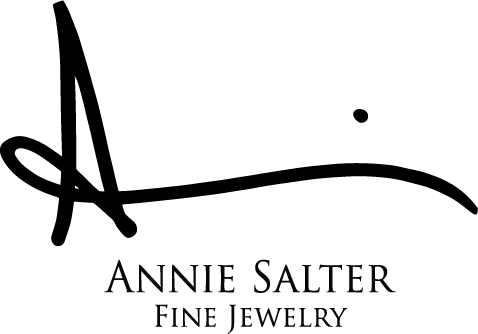 Image 1 of
Image 1 of


Fresh Water Pearls Granulated 22 Karat Gold Ear Pendants
Pearls
What is the difference between Fresh Water Pearls and Salt Water Pearls?
Freshwater pearls are grown in mussels that live in saline
free water such as lakes and rivers. Saltwater pearls
are grown in oysters in saline water such as oceans and seas.
These fresh water pearls
are set in 22 karat gold granulated caps and ear wires.
Each granule is placed one at a time on the gold surface with a very fine brush . Granulation is
a method of decorating the gold surface
Pearls
What is the difference between Fresh Water Pearls and Salt Water Pearls?
Freshwater pearls are grown in mussels that live in saline
free water such as lakes and rivers. Saltwater pearls
are grown in oysters in saline water such as oceans and seas.
These fresh water pearls
are set in 22 karat gold granulated caps and ear wires.
Each granule is placed one at a time on the gold surface with a very fine brush . Granulation is
a method of decorating the gold surface
Pearls
What is the difference between Fresh Water Pearls and Salt Water Pearls?
Freshwater pearls are grown in mussels that live in saline
free water such as lakes and rivers. Saltwater pearls
are grown in oysters in saline water such as oceans and seas.
These fresh water pearls
are set in 22 karat gold granulated caps and ear wires.
Each granule is placed one at a time on the gold surface with a very fine brush . Granulation is
a method of decorating the gold surface
Glorious Granulation
Old-World goldsmithing brings the past into the present with detailed surface decoration that suites antique and contemporary designs.
Granulation, the art of creating a surface pattern on jewelry with tiny gold balls, dates back to the third millennium BC.
The technique, invented in the Eastern Mediterranean and Egypt and later refined by Etruscan goldsmiths, looks as fresh and inventive today as it must have then.
The process begins when wire is cut into short lengths and melted into round granules that are placed on the jewelry in the desired patterns. They’re held in place with a temporary glue. In the best examples, the balls are attached permanently with heating (which evaporates the glue), not soldering. But it’s a difficult process because the temperature has to be hot enough to fuse the gold ball to the surfaced, but enough to melt the ball into an amorphous puddle.
Granulation usually involves high-karat gold. “The purer the material, the easier it will be to achieve the fusion required for granulation,” says Asher Yaron, president of Neshama, Los Angeles, CA.
*Each piece of granulated jewelry is handmade, and one of a kind.
*The jewelry is contemporary in design and historical in technique, making it timeless and forever fashionable.
In the tradition of ancient Etruscan craftsmen, each one-of-a-kind piece I make is individually handcrafted. Starting with pure 24karat gold and using an alloy of a smidgeon of copper and a dash of fine silver making 22 karat sheet, wire and granules. The granules are made in varied sizes ranging from .08 millimeters to 3 millimeters in diameter. Though the process that was achieved several millennia ago, it is fun to bring my own spirit to this remarkable ancient technique that I so love.
